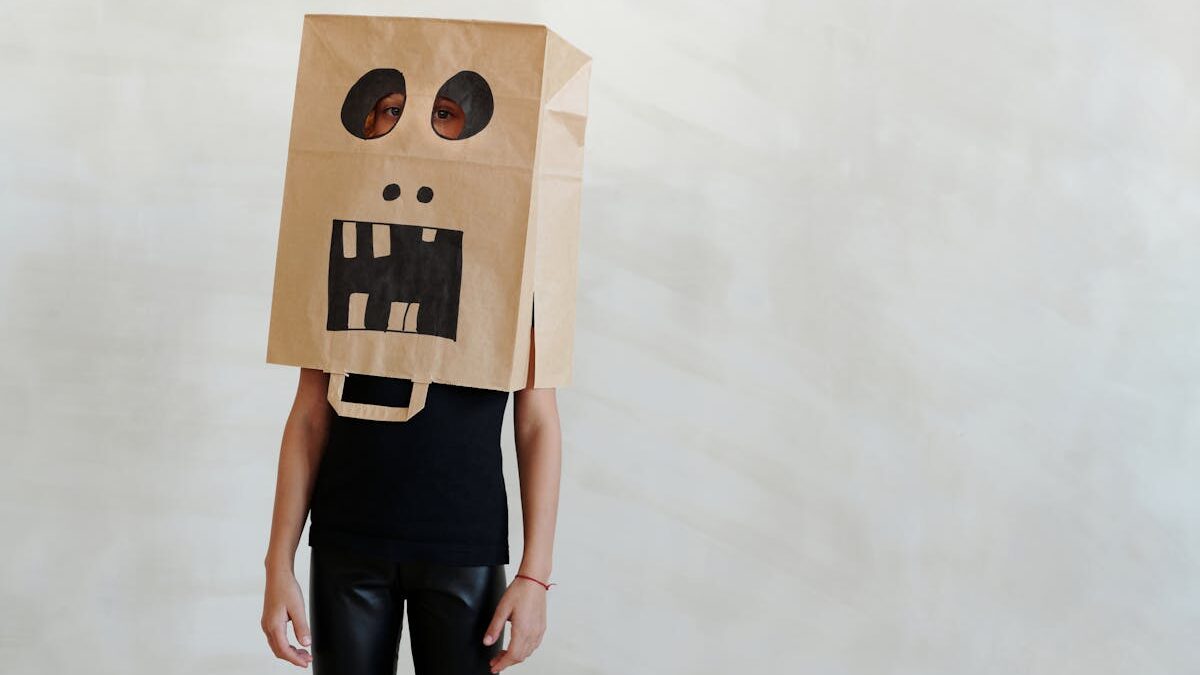Saying goodbye to head lice requires effective treatment. Discover how to spot, treat and stop head lice to keep your family itch-free.
It’s one of the most dreaded notes to receive from school: Someone in your child’s class has head lice. Just the thought itself is probably enough to make your scalp feel itchy. Then your child comes home from school, scratching their head relentlessly. You hope it’s just dry hair or an itchy scalp.
No such luck. Upon closer inspection, there they are: Those tiny, fast-moving, wingless insects scurrying through the hair shaft. Just like that, an infestation sets in.
How do head lice spread?
One of the biggest misconceptions about head lice is that they result from poor hygiene or dirty hair. The truth is that they are highly contagious and spread primarily through direct head-to-head contact. This makes children especially vulnerable, as they often engage in close play.
Head lice (Pediculus humanus capitis) are parasitic insects that live on the human scalp and feed on human blood. Their bites can cause itching and irritation. Adult lice are about the size of a sesame seed and move quickly through human hair, making them challenging to spot. Live lice lay lice eggs, also known as nits, which attach firmly to the hair shaft near the scalp.
Other ways head lice can spread include:
- Direct contact with an infected person (hugging, leaning in close, etc.)
- Sharing personal items such as hats, hairbrushes, pillows and scarves
- Lying on infested furniture or bedding
What are the symptoms of head lice?
An infestation can be tricky to diagnose, especially in the early stages. Common signs include:
- Persistent itching on the scalp, neck or behind the ears
- A crawling sensation in the hair
- Small red bumps or sores on the scalp caused by scratching
- Visible nits attached to the hair shaft, usually close to the scalp
- The presence of live head lice moving in the hair
The best treatment options for head lice
If you discover lice in your child’s hair, don’t panic. Multiple treatment methods are available, including chemical treatments, wet combing and home remedies.
1. Over-the-counter treatments
Many parents turn to chemical treatments that contain ingredients such as permethrin or pyrethrin, which kill live lice. Some prescription treatments work by suffocating or dehydrating the lice. Look out for these active ingredients:
- Permethrin: A synthetic pyrethroid insecticide effective against live lice.
- Pyrethrins: A natural insecticide derived from chrysanthemum flowers, often combined with piperonyl butoxide to enhance efficacy.
- Malathion: An organophosphate insecticide used in some head lice treatments.
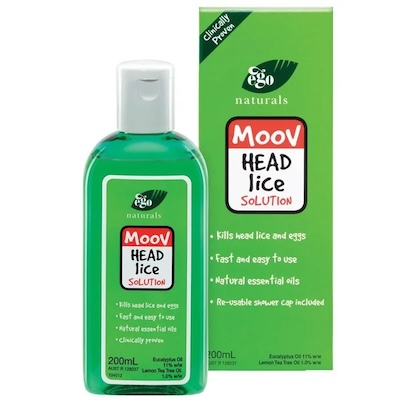
2. Wet combing method
A more natural approach involves wet combing with a head lice comb or nit comb. This method requires:
- Applying hair conditioner to damp hair to make combing easier
- Using a fine-toothed comb to systematically remove live head lice and nits
- Repeating the process every seven days to catch newly hatched young lice
While wet combing is a popular method, it often falls short when used on its own. One of the biggest challenges is that nits (lice eggs) cling tightly to the hair shaft, making them difficult to remove even with a fine-toothed nit comb. If any eggs are missed, they can hatch within seven days, leading to re-infestation.
Another limitation is that wet combing does not kill adult lice—it only removes them. If even one live louse remains, it can continue to lay eggs, prolonging the infestation. Additionally, combing through long hair can be time-consuming and requires patience, especially with children who may struggle to sit still during the process. While wet combing is a useful tool for managing head lice, it is generally most effective when combined with other treatments, such as medicated shampoos or suffocate-based products, to ensure complete eradication.
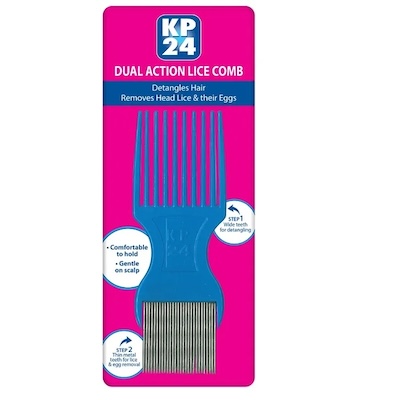
3. Home remedies
Some parents prefer natural remedies such as essential oils or suffocation techniques using mayonnaise or coconut oil. While these methods may slow down adult lice, they are not as effective in completely eliminating an infestation.
If at-home treatments fail or the infestation persists after multiple attempts, it may be time to consult a doctor. A healthcare provider may recommend stronger chemical treatments or prescribe medication tailored to stubborn cases.
Preventing future head lice infestations
Preventing a lice infestation can be challenging, but these tips can help minimise the risk:
- Encourage children to avoid head-to-head contact during play
- Teach kids not to share hair accessories, hats or brushes
- Regularly check your child’s hair for signs of nits or live lice
- Wash bedding, clothing and personal items in hot water if an infestation occurs
- Limit close contact between siblings or yourself while your child has nits
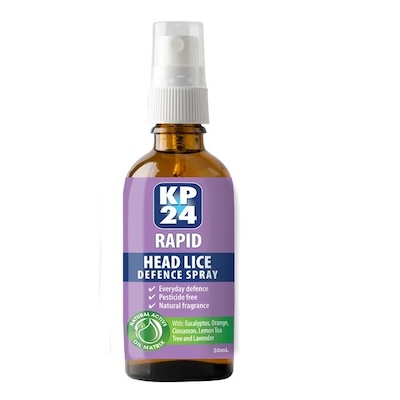
Debunking common head lice myths
When it comes to lice, misinformation spreads almost as fast as the bugs themselves. Many parents panic at the first sign of itching, often relying on outdated or inaccurate advice. We separate three fact from fiction below and help you understand what head lice really are—and aren’t—so you can tackle them with confidence and calm.
Myth 1: Head lice only affect people with poor hygiene
Fact: Head lice prefer clean or dirty hair equally. They are attracted to the warmth of the human scalp, not its cleanliness.
Myth 2: You can get head lice from pets
Fact: Head lice are species-specific and only affect humans. Body lice and head lice cannot survive on animals.
Myth 3: Shaving the head is the only sure-fire cure
Fact: While cutting long hair may make treatment easier, head lice infestations can be eliminated without drastic measures.
The final comb through
Dealing with head lice can be frustrating, but with the right approach, you can eliminate them effectively and help prevent future outbreaks. Regular checks and proper treatment can make a significant difference. Stay informed, stay vigilant and remember: Having head lice is a common problem, but it is entirely manageable.
It’s really important not to make your child feel embarrassed or ashamed if they get head lice. It’s something that happens to many kids, usually from school or other places, and it’s nothing to be ashamed of. Reassure them that they’re not alone and help them to stay calm through it.
You can try using calamine lotion to ease the itching and help them sleep better, but keep in mind that while it soothes the discomfort, it won’t kill the nits. Take some time to explain what nits are in a way they can understand so they don’t feel overwhelmed or scared.
And please, do not feel like you have to shave their head. That’s often the most humiliating part for kids, and it’s something that can be avoided with the right treatment. Trust me, I know.
Read next:
- Feed your kids lollies—just don’t tell them it’s bad
- The secret to motivating our children
- Stranger danger: The three common places kids get in trouble
Any advice given is general in nature and is not intended as a substitute for medical advice and must not be relied upon as such. For any healthcare advice, always consult a healthcare practitioner.
This post includes affiliates and/or paid inclusions.
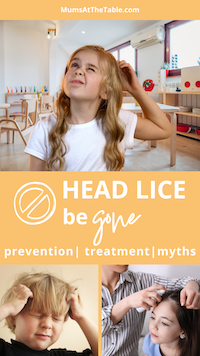
How helpful was this article?
Click on a star to rate it!
0 / 5. 0
Be the first to rate this post!
Adriana Wales
Related posts
Subscribe
Receive personalised articles from experts and wellness inspiration weekly!

